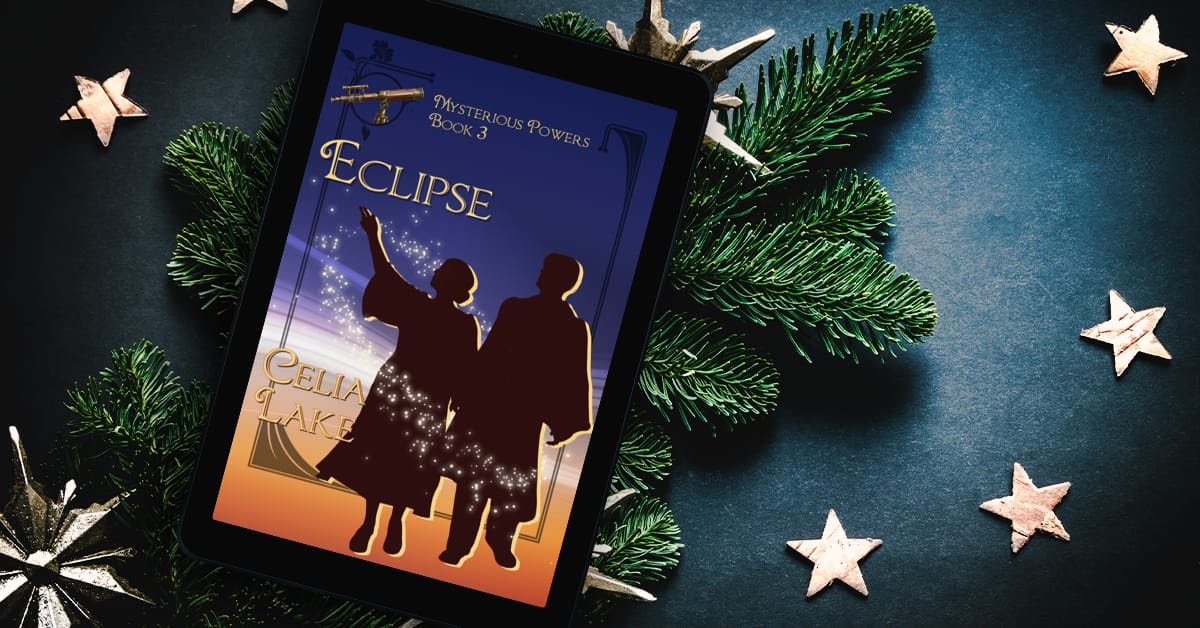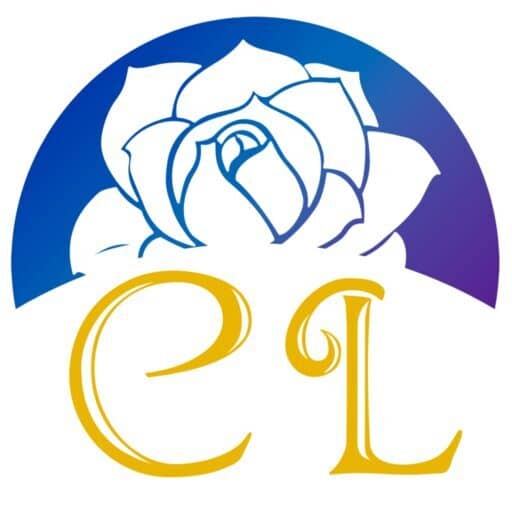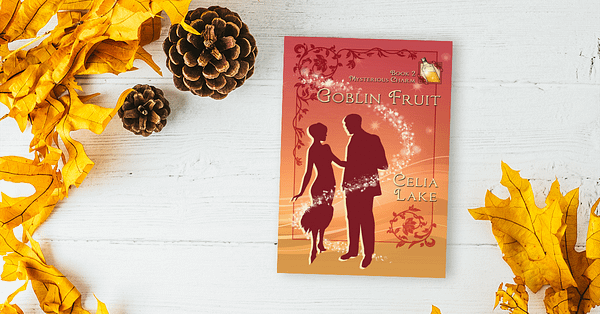
Time for a story! Specifically, it’s time to talk about my initial idea for Albion and where it came from.
The background
Between 2007 and 2015, I was part of a fan project with a number of other player-authors. It was an alternate universe Harry Potter dystopia moving to something more hopeful. Yes, that’s seven years.
(Before we go further, I have to point at the end date here. This was before the current awareness of Rowling’s views was visible. Because of that, I’m focusing in this post on just enough content to understand the seed of why I got started writing.)
There were 12 of us for the last four years. Between us, we were playing/writing about 70 characters, with a reasonably substantial readership. I learned a tremendous amount from it. I learned about collaboration, about leaving space for better ideas later, and about what details seemed to really catch the imagination. And then there was all the learning about keeping track of a lot of details. That one’s served me well in my later writing.
The underlying structure of the project was the idea that characters had magical journals. What the reader saw were the conversations in those journals. There were public entries, and eventually a couple of variations on more-or-less private ones. And, because we were playing this out day by day (with a lot of little plot details to sneak in there), we needed a lot of background material. We had a substantial need for conversations that would drop a couple of key pieces of information into what otherwise looked like an ordinary chat between two people.
Books in the world
One of the things that we did (about quarterly) was come up with a list of titles that characters could talk about. Several of the players involved were public librarians. I was working in a college library at this point. Everyone else had their own range of reading tastes. We’d pull together a mix of genres with a sentence or two about them. That way, people could talk about the same books. These included some completely horrendous self-help books, a range of fiction (we’ll come back to that), and a handful of ‘here’s the current popular non-fiction titles”.
Coming up with the lists was a lot of fun for me (and other people). We did it having an idea where the plot was going (we worked that out collaboratively toward a known end-goal.) That meant that we could sometimes sort of gesture at coming issues or plot concerns in the book (and music and other media) lists.
The inspiration
So, just about 14 years ago (April 5th, 2011), there I am in a conversation between my main character and a fellow teacher. For the record, my character is the precursor for Thesan in my head (though there are some significant differences). The other teacher was eventually her husband. At this point they were not yet dating. Thesan and Isembard in his first year teaching is absolutely the correct vibe to have in your head.
The other player and I had some specific pieces of information we needed to get out for readers about recent events in the story. Specifically, a key event he was more likely to talk about, or at least allude to, than most characters. Those had to do with a friend of his who had been badly injured and who was in hospital.
But of course, it’s no good if you just blurt out the key plot points. We knew we wanted to have a few back and forth exchanges. Oh, do you need to be away from school? Can I help with anything? Yes, thank you, that’d be a help. I’m trying to figure out how to keep him from being bored, he’s a terror when he’s bored.
Like you do.
The moment
We got into a suggestion of a book or two. At which point, I typed the following, and hit “submit” to post the comment.
There’s a particularly good one about the Wars of the Roses – the author looks at what Muggles thought they knew about it, and how confusing and mismatched it was, and then slots in all the proper wizarding history bits to demonstrate how it was actually fairly straightforward if you know all the pieces. Rather nicely done, and a lot better than Binns’ explanation was.
Then I stared at it, a whole lot. Because if you know anything about this period of British history, you know exactly how incredibly confusing the Wars of the Roses are. It’s a thing basically everyone agrees on.
But what happens if some of that confusion is about the difference between those who know about the magical history and those who don’t?
We had more details to get out, so I kept having to pause and reply. And then I stared at that paragraph some more. I kept staring at it. And coming back to stare at it.
That’s the seed of my Albion books, right there.
Fiction
The other seed – specifically for Geoffrey Carillon in all his glory – was another aspect of those book lists. One of the things in play from the start of the project was that non-magical literature was Not Approved. (People still snuck copies, or had them stashed away, but it was absolutely not something you’d admit to. See also: dystopia.)
But of course, people had their favourite books. Which meant we at one point came up with a series that did a lot of what Dorothy L. Sayers did. None of those books were ever developed beyond a sentence or two of general plot. (And they leaned much more heavily into the slow burn romance of the Harriet Vane books, with a number of different details.)
But that meant I also had this ‘what if Wimsey were magical?’ kicking around my head. Many of the details of Geoffrey’s life are different (starting with the implications of the land magic, him inheriting the title in his thirties, and more, and the focus on the New Forest). But again, you can see the seeds there.
In other fictional fun, we also did a whole riff on the Sweet Valley High books. (This one included characters doing literary analysis to figure out which of the stable of authors behind the pen name might have written a given volume). There were bodice-ripper romances disguised as Dark Arts texts. We had a whole riff on the Hunger Games trilogy. And there was a particularly memorable run of commentary when a student mistook a magical text title for the title of the universe’s equivalent of Fifty Shades of Gray.
What that means
If you’d read my other posts about the Pact, you know I’m slowly working my way toward writing something in the 1480s, the end of the Wars of the Roses. So much history reading to poke at the details is still in my future!
I am, however, pretty confident about the actual specifics that made the Pact make sense when it did. (I have also run it by smart friends with reasonable knowledge of the period. Being the sort of person who actually has a substantial number of friends with knowledge about the Wars of the Roses.)
Because that origin? It’s still stuck in my head.

